Canon FD 300mm f/4 Lens Review
Video Review
You can watch my video review of this lens on YouTube at the following link:
Canon FD 300mm f/4 Lens + Canon FD 1.4x-A Extender Review
Product Images
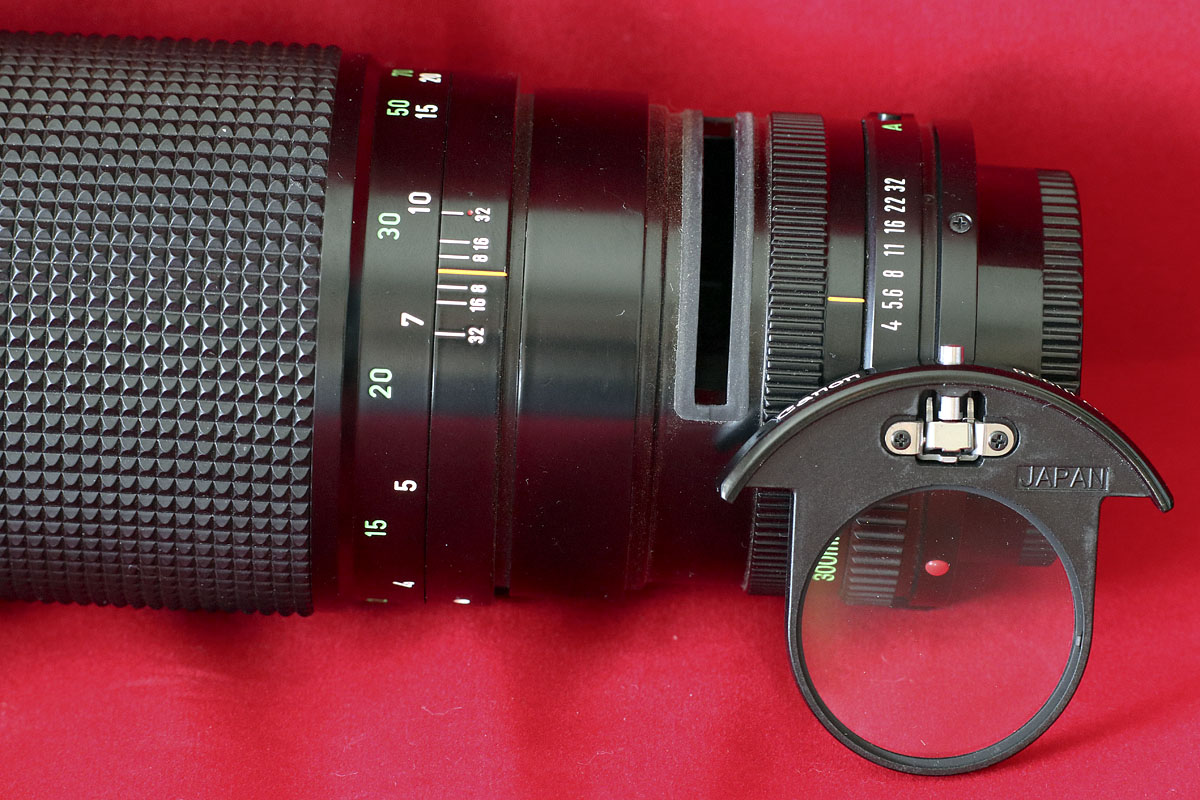
Canon FD 300mm f/4 Drop-In Filter

Canon FD 300mm f/4 Drop-In Filter

Canon FD 300mm f/4 Removable Tripod Collar
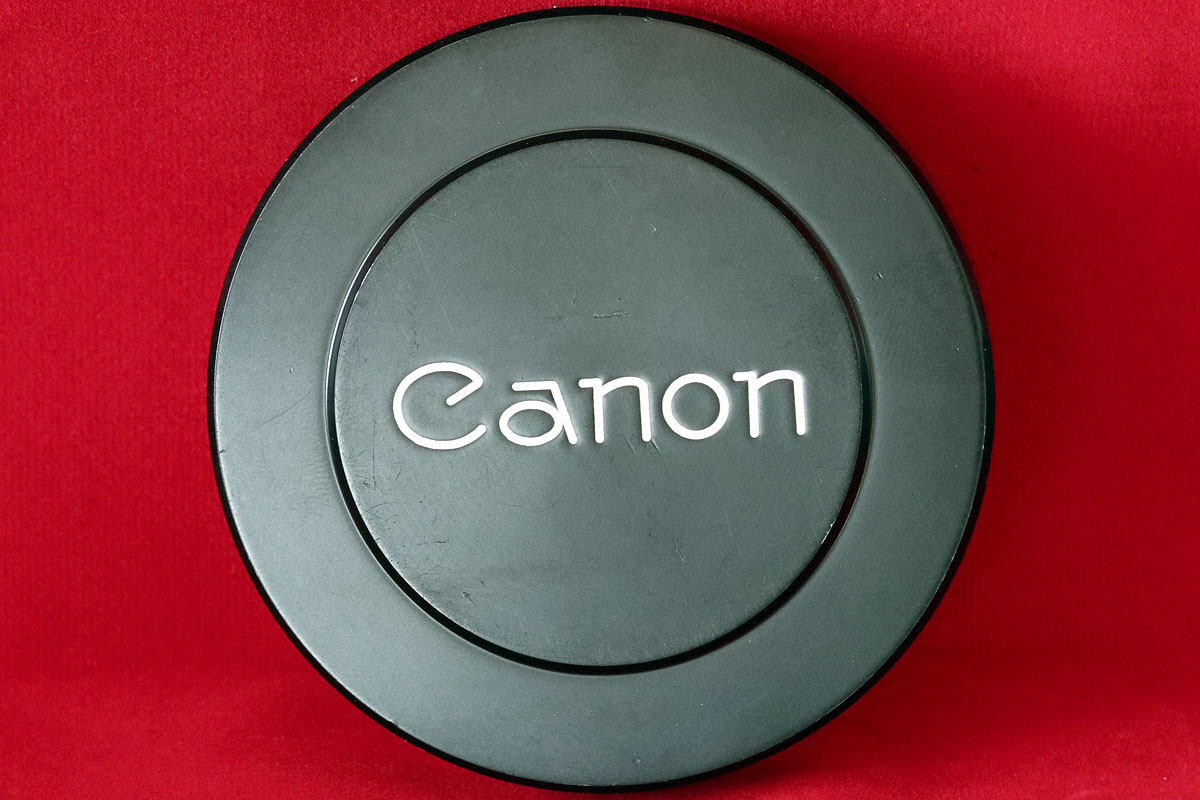
Canon FD 300mm f/4 Custom (push on) Lens Cap
Sample Images
Compare images taken with the Canon FD 300mm f/4 lens, the same lens with the Canon FD 1.4x-A extender, and the Canon EF 400mm f/5.6L.
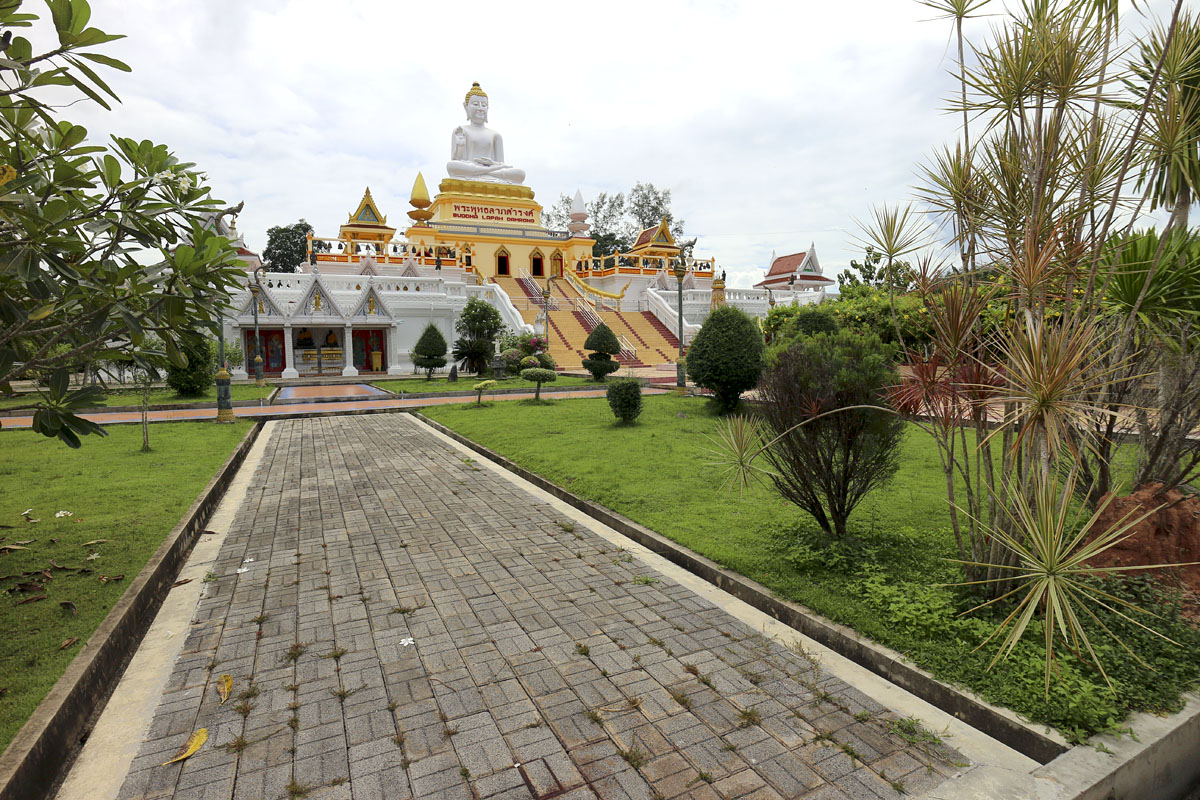
General scene taken with the Canon EF-M 11-22mm STM IS at 11mm
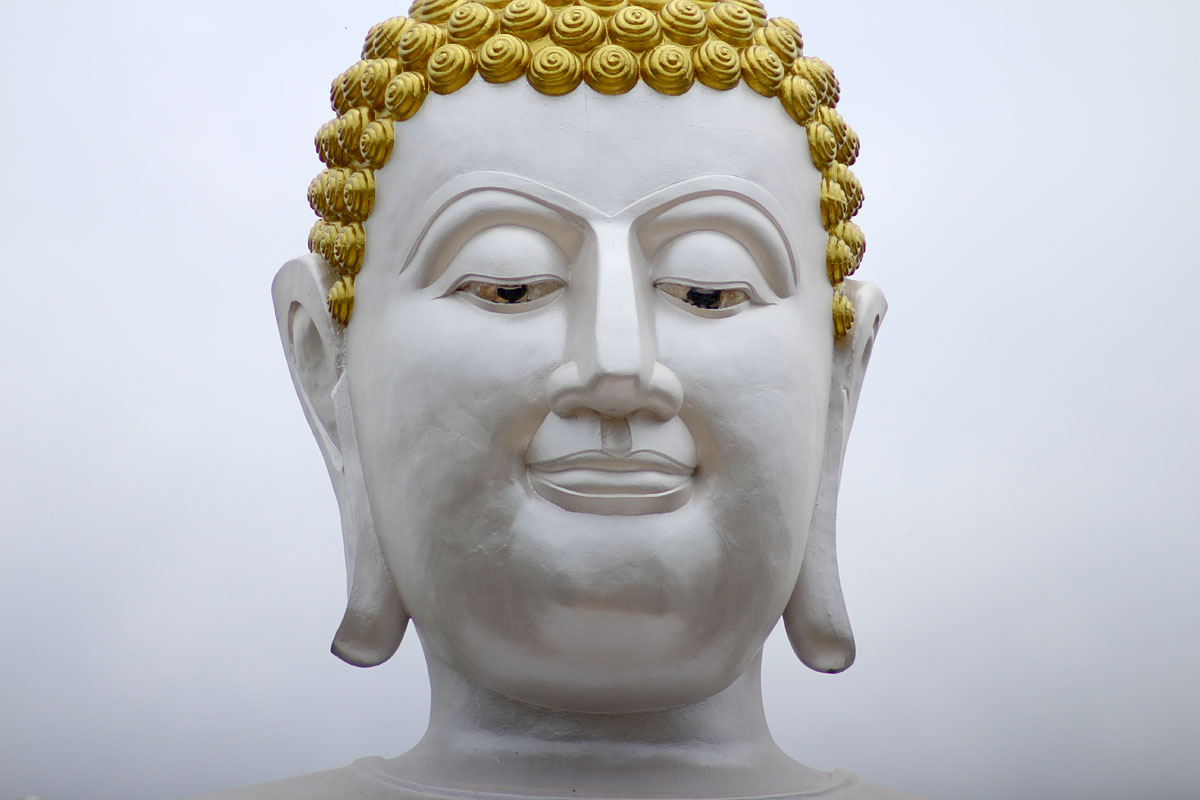
Canon FD 300mm f/4 | Canon EOS M | FD to EOS M Adapter | Tripod | ISO:100 | Aperture: f/4 | Shutter Speed: 1/2000s - note the vignetting
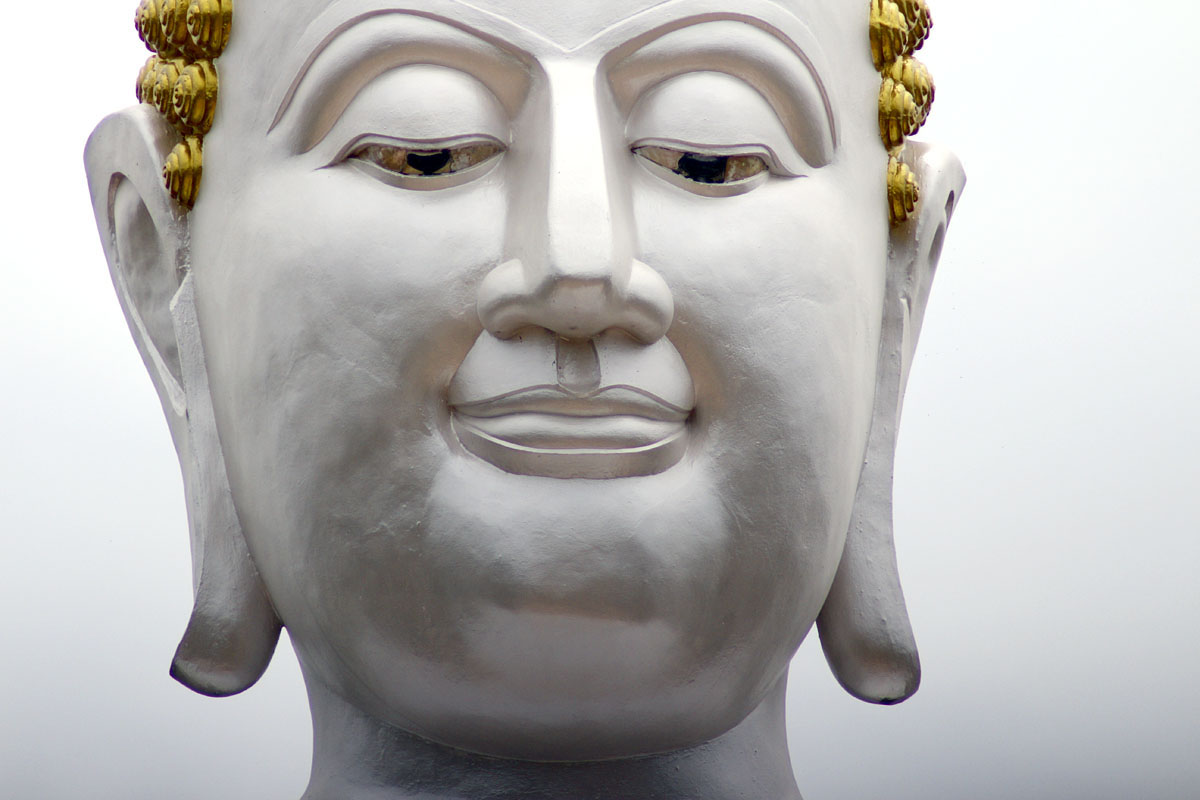
Canon FD 300mm f/4 | Canon FD 1.4x-A extender | Canon EOS M | FD to EOS M Adapter | Tripod | ISO:125 | Aperture: f/5.6 | Shutter Speed: 1/2000s

Canon EF 400mm f/5.6L | Canon EOS M | Tripod | ISO:100 | Aperture: f/10 | Shutter Speed: 1/800s

Canon FD 300mm f/4 | Canon EOS M | FD to EOS M Adapter | Tripod | ISO:100 | Aperture: f/4 | Shutter Speed: 1/250s - vignetting less noticeable
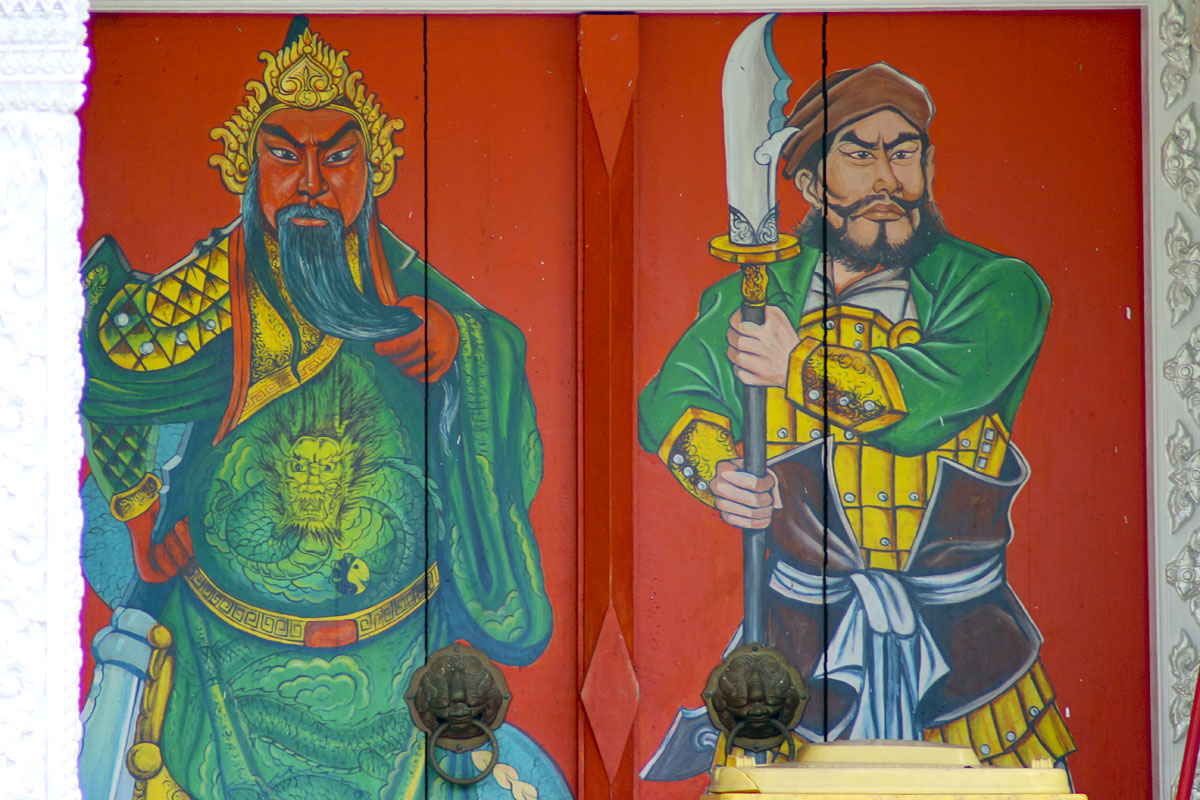
Canon FD 300mm f/4 | Canon FD 1.4x-A extender | Canon EOS M | FD to EOS M Adapter | Tripod | ISO:100 | Aperture: f/5.6 | Shutter Speed: 1/125s

Canon EF 400mm f/5.6L | Canon EOS M | Tripod | ISO:100 | Aperture: f/8 | Shutter Speed: 1/60s
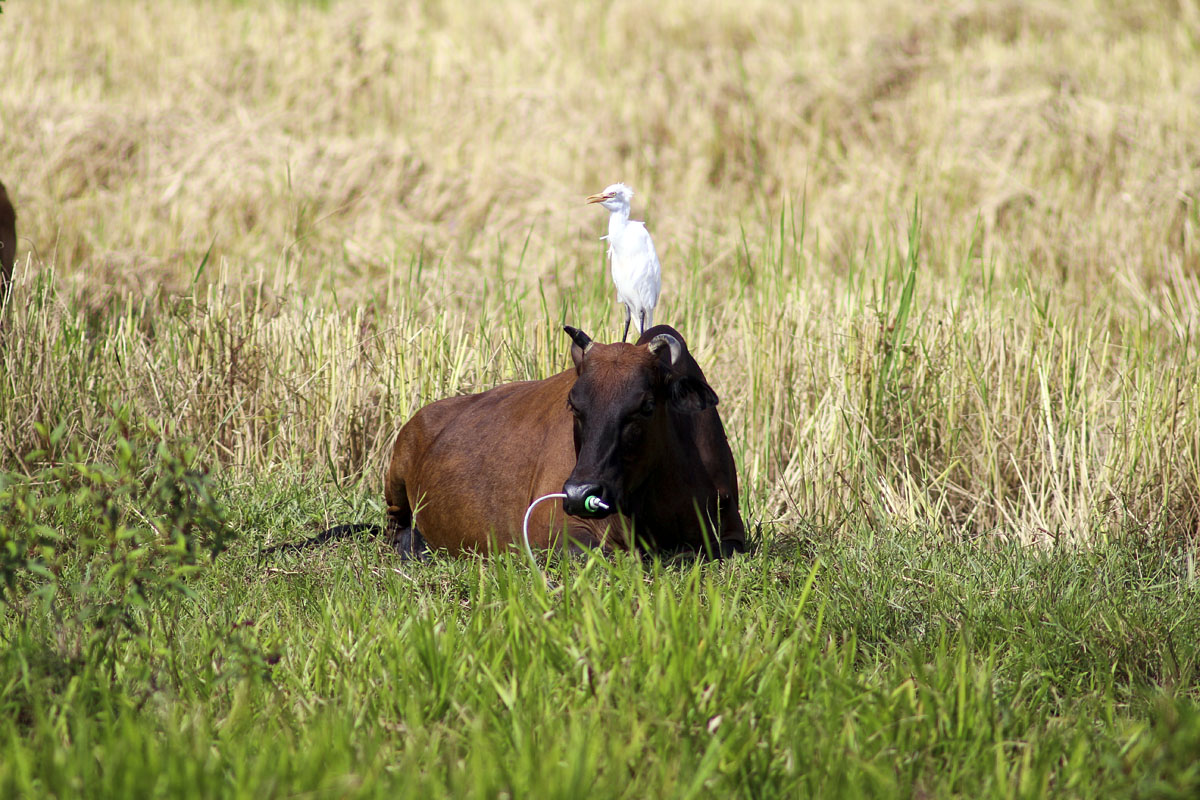
Canon FD 300mm f/4 | Canon EOS M | FD to EOS M Adapter | Tripod | ISO:100 | Aperture: f/4 | Shutter Speed: 1/1000s
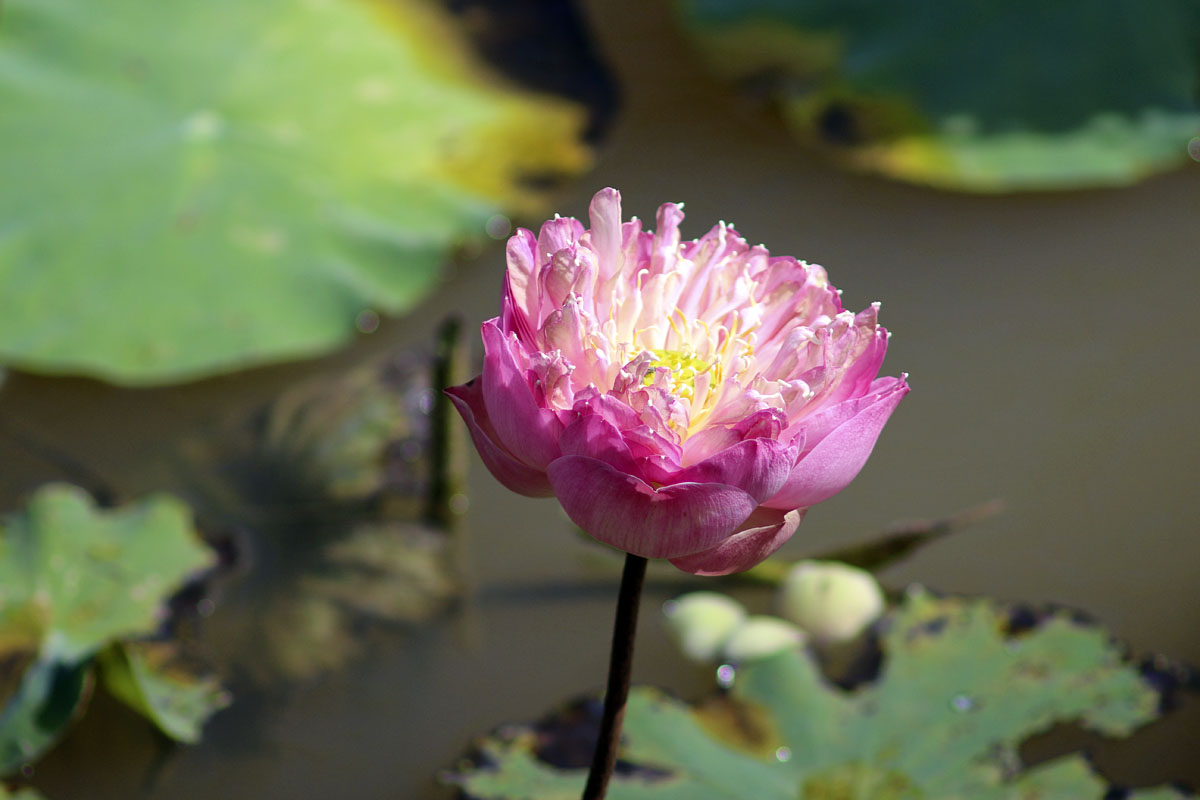
Canon FD 300mm f/4 | Canon EOS M | FD to EOS M Adapter | Tripod | ISO:100 | Aperture: f/4 | Shutter Speed: 1/1000s

Canon FD 300mm f/4 | Canon FD 1.4x-A extender | Canon EOS M | FD to EOS M Adapter | Tripod | ISO:100 | Aperture: f/5.6 | Shutter Speed: 1/800s
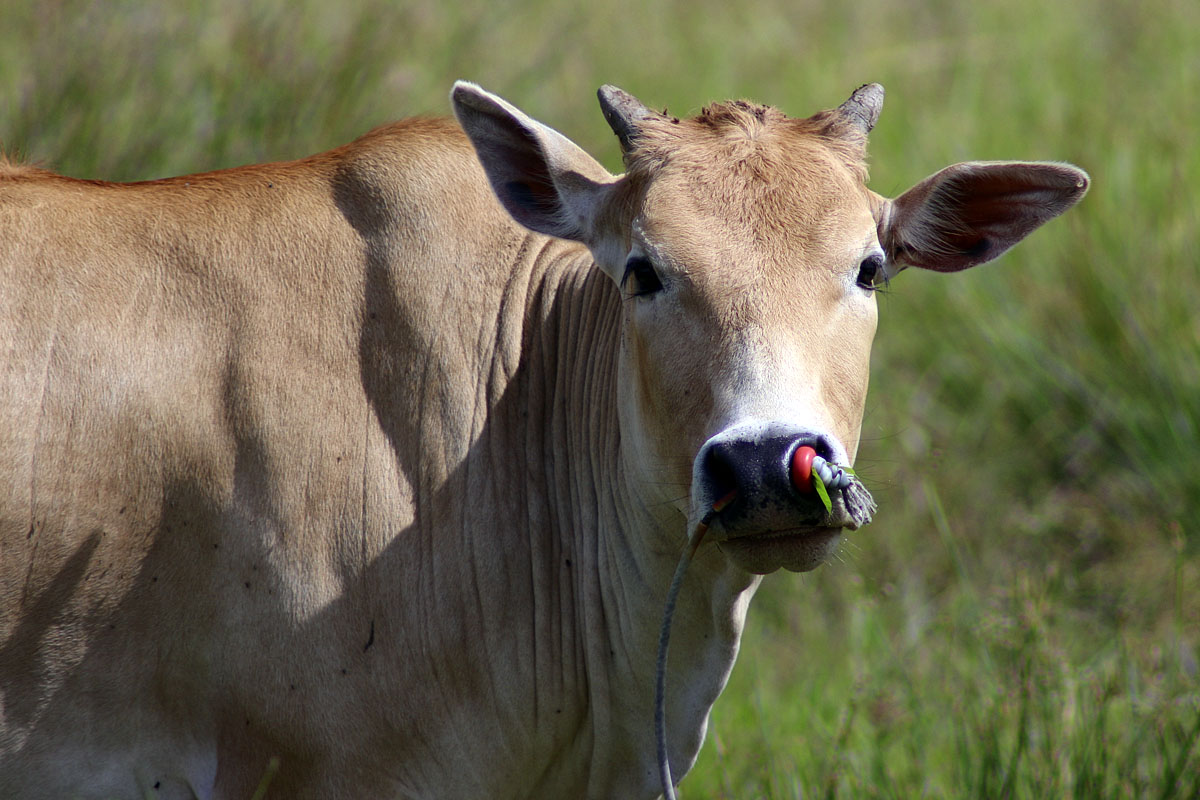
Canon FD 300mm f/4 | Canon FD 1.4x-A extender | Canon EOS M | FD to EOS M Adapter | Tripod | ISO:100 | Aperture: f/5.6 | Shutter Speed: 1/800s
Introduction
From 1982 to 2003 I shot film using Canon A1 and Canon T90 bodies and a selection of lenses, none of which were L quality. On a trip to the United States in the 1990's I came across a used FD 300mm f/4 (non L) along with the dedicated Canon FD 1.4x-A teleconverter. They were expensive, but the condition was excellent, indicative of very light and careful use.
The best use for these lenses came in 2000 when I took a trip to South Africa including a visit to Kruger National Park, but in 2003 I moved to Thailand leaving my film gear behind in the UK. At the same time I made the move to digital, first with a Sony P&S camera and then with a Canon 10D, and had no further need for the film bodies and manual focus lenses.
In 2017 my mother became terminally ill and I made an emergency trip back to the UK. While there I picked up some, but not all, of my old film gear including the FD 300mm f/4 and 1.4x teleconverter.
There are problems using FD lenses on Canon SLR bodies with adapters because of flange distances and not being able to focus at infinity. To do this requires using adapters with corrective optics and, of course, the optics reduce the image quality.
However, this isn't the case with mirrorless cameras and because I am the owner of an Canon EOS M I thought that I might be able to use the FD 300mm f/4 with the addition of a suitable adapter. I therefore bought a K&F Concept FD-EOS M adapter.
This page contains some of my thoughts about using this old manual focus lens with a digital mirrorless body, along with some sample images.
Shutter Release
After initially mounting the adapter and lens on my Canon EOS M I found that the shutter would not release. The adapter is purely mechanical and has no electrical connections because the lens is purely mechanical and has no electrical components. Thus the camera body does not recognise that a lens is attached.
This can be fixed by using Fn. 7 on the original EOS M to release the shutter without a lens attached. On the EOS M6 it is C.Fn II 3.
Exposure
Exposure, of course, has to be set manually as there is no mechanical link for the camera to control the lens aperture.
There is a ring on the FD to EOS M adapter marked Open/Close and it operates a pin inside the adapter. This pin activates the aperture lever on the lens and once this has been activated it should be possible to rotate the aperture ring on the lens to set it to the desired aperture. This works with my Canon FD 28mm f/2.8 and Canon FD 70-200mm f/4, but it doesn't work on the Canon FD 300mm f/4. I'm not sure why - maybe some other pins need to be pushed first.
The ISO and shutter speed are set on the body, as usual using M or TV mode. I was hoping to be able to put the camera in AV mode and select the same aperture as was set on the lens so that the camera would do the metering and automatically set the shutter speed. However, this doesn't seem possible.
With the original EOS M it involves a lot of trial and error messing around with ISO and shutter speed settings until you have the correct exposure.
With the EOS M5/M6 there is a handy feature called "Expo. simulation". If you enable this feature the rear display simulates the exposure depending on the lens and camera settings. If you turn the aperture ring on the lens to make the aperture larger or lengthen the shutter speed you see the image on the rear display getting brighter, and vice-versa. The histogram also simulates the exposure.
Using this feature it is fairly easy to get very close to the correct exposure without activating shutter and looking at the resulting image.
Focusing
The FD 300mm f/4 uses a vari-pitch cam focusing system which makes focusing very light and smooth. As you focus, the lens length does not change.
The minimum focusing distance is 3 meters, although this can be reduced with the addition of extension tubes.
Focusing at infinity isn't a problem using the K&F Concept adapter on an EOS M body.
However, after years of using AF cameras, and with deteriorating eyesight, focusing manually these days takes me a lot longer than when I was shooting with film bodies and using manual focus lenses all the time.
The only time I use manual focus these days is for macro photography and I use the same technique when using FD lenses. On the camera 'Info' screen there is a small magnifying glass symbol. Press it once for 5x magnification and again for 10x magnification. The increased magnification makes focusing easier.
Old film bodies that only used manual focus lenses had special split focusing screens to assist manual focusing, but this isn't the case on digital cameras using Live View.
It's not that easy or quick, but quite accurate focusing can be achieved.
Update: The above comments apply to using the original EOS M. When I upgraded to an EOS M6, which has a focus peaking feature, focusing with manual lenses became a lot easier.
Just turn on the focus peaking option and select a colour from red, blue or yellow. On the LCD display the colour you have selected will appear on the subject wherever it is in focus. This is a really excellent feature for manual focussing.
Tripod Usage
Because of the long focal length and the care with which it takes to focus the lens, a tripod is absolutely essential. Fortunately, the FD 300mm f/4 has a removable tripod collar that allows this lens to be mounted on a tripod while still keeping the lens balanced.
Construction And Handling
As I've always found with Canon camera equipment, the construction is excellent. My lens is a non-L version and I can't imagine how the L can be a lot better in terms of construction or image quality. The answer has to do with the kind of glass elements used inside the lens.
It is solidly built and all controls function smoothly and reliably. The lens has a built-in, retractable lens hood and the lens hood fits over the lens hood.
A tripod collar is included and this also comes in very useful when the lens is hand-held. The lens is light (945g), portable and a real pleasure to use.
Previous FD 300mm lenses used FD breech mounts, which meant that after mounting the lens to the body you had to secure it by turning a locking ring on the lens. However, this lens has the FD bayonet mount, which I find a lot easier and more convenient to use.
It is marked with the manufacturing code UD0103. The U tells me that it was made at Canon's Utsunomiya factory in Japan. The D tells me that it was made in 1989 and the 01 tells me it was made in January of that year.
Image Quality
There is a lot of messing around setting exposure and focus when using old manual focus lenses on digital bodies and if the image quality is poor, it's a waste of time and effort.
A picture is worth a thousand words and rather than try to describe image quality I will just let you look at the sample images at the top of the page.
I always knew that this was a good lens and these tests verify that sharpness and resolution aren't much different to my EF 400mm f/5.6. However, the colours and contrast with the EF 400mm f/5.6 are probably a little better. The one thing that did strike me was the severe vignetting in bright scenes with the FD 300mm f/4, such as the Buddha's head.
Bokeh is acceptable, but not great. If you look at the grass in the background behind the cow in the sample images above, the bokeh sn't that smooth and there are some strange artefacts.
Drop-In Filters
There is a slot on the lens that accepts 34mm drop-in filters. I just have the 1x Regular filter that was supplied with new lenses.
Apparently, the following filters are also available: UV (Ultra Violet), R1 (Red filter to provide stronger contrast with B/W photos), Y3 (Yellow filter improves the look of blue skies in B/W photos), ND (Neutral density filter for when you want to use long exposures or large apertures in very bright conditions).
If you want to acquire one (or more) of these additional filters I would imagine your best bet is eBay although they will be quite rare, especially if in good condition.
Conclusion
I already had this lens so didn't incur any extra expense buying it to do this test. The only expense I incurred was for the FD to EOS M adapter, which was quite cheap - around $20.
With hindsight I should have sold this lens before digital photography went mainstream when it still had some value. I didn't and now I have a lens which isn't very useful and which isn't worth very much.
If you need a 300mm focal length for your MILC and are really on a budget, you should be able to pick up one of these quite cheaply. Bear in mind that you will need a tripod and that there is quite a lot of messing around with the exposure and focus.
Because of the time it takes to adjust these things, and the fact that it is static, it will only be suitable for certain subjects. Forget birds in flight or other fast moving subjects. The vignetting could also be an issue, although this can be fixed to some extent in post-processing.
These old manual focus cameras are fine for macro photography because with the paper-thin depth of field associated with macro photography I always use manul focus anyway, even with AF lenses.
My personal experience with the Canon EF 300m f/4L IS was really bad and although it was probably a fault with the lens that I owned, I still find it difficult to recommend this lens. There are plenty of reasonably priced, third-party telephoto lenses around, but I have no experience of them.
If you want a long lens for a Canon SLR or MILC I would still recommend the Canon EF 400mm f/5.6L or, if you can afford it, the Canon EF 100-400mm f/4.5-f/5.6 Mark II. There should be plenty of used examples of the former around, but not too many of the latter.
With an EF lens you can just mount it and start shooting. As you concentrate on the subject, the camera will automatically control the exposure and autofocus. Birds in flight and other fast moving subjects won't be a problem.
Also, if you shoot JPGs, your modern digital body will most likely be able to fix any vignetting and other aberrations on the fly so that you will have a lot less work to do in post-processing.
Other Review Pages You May Be Interested In

